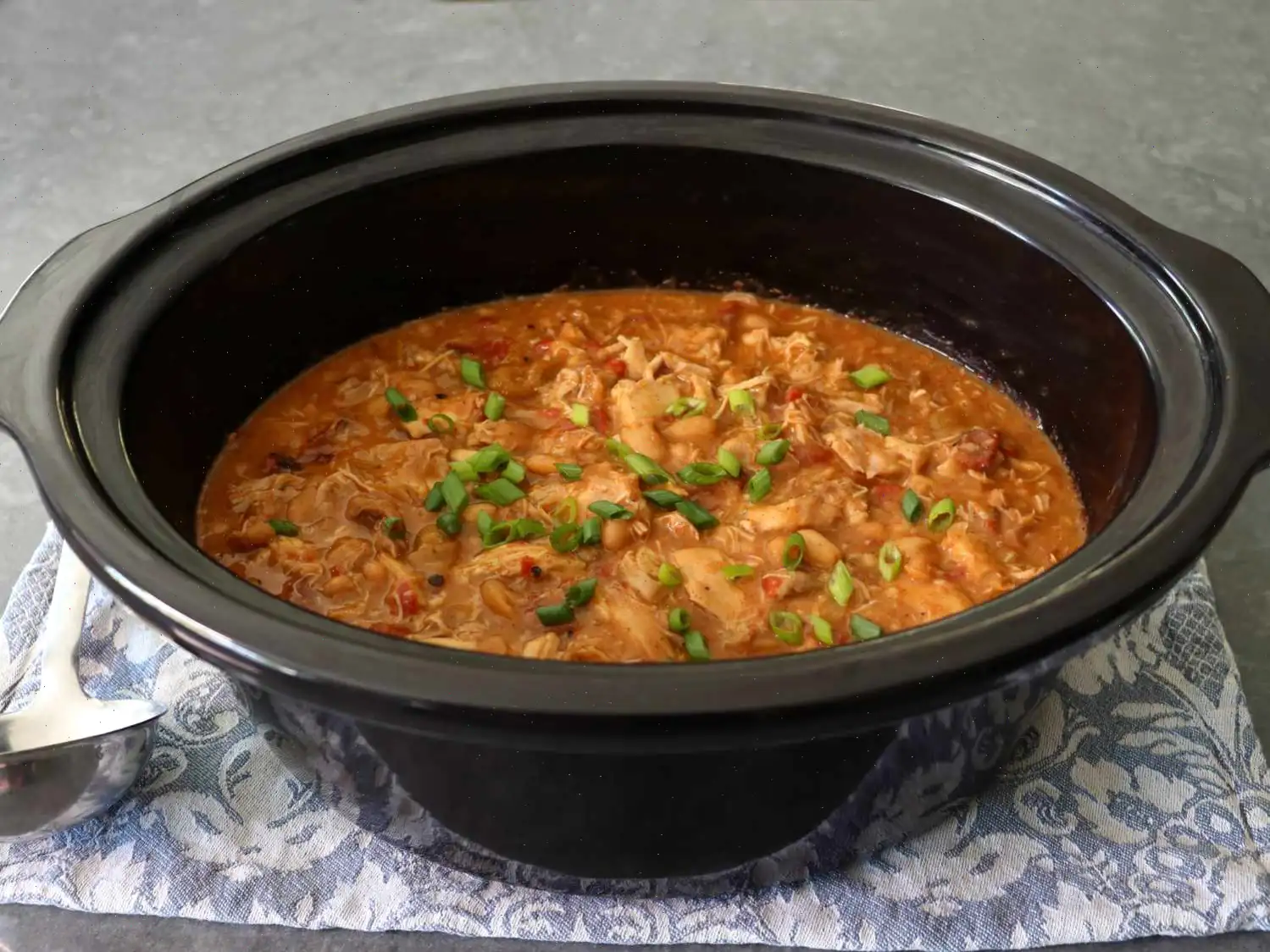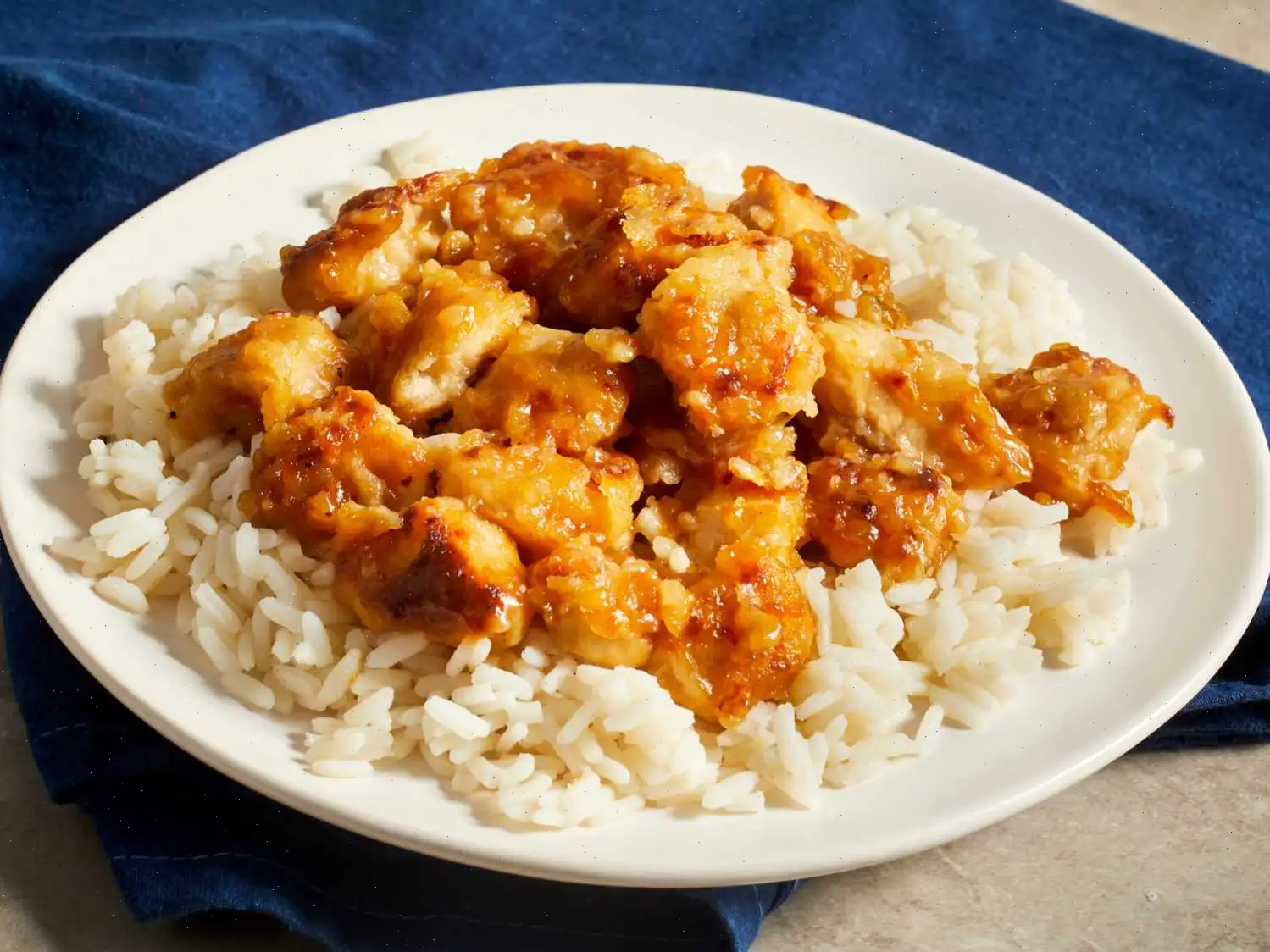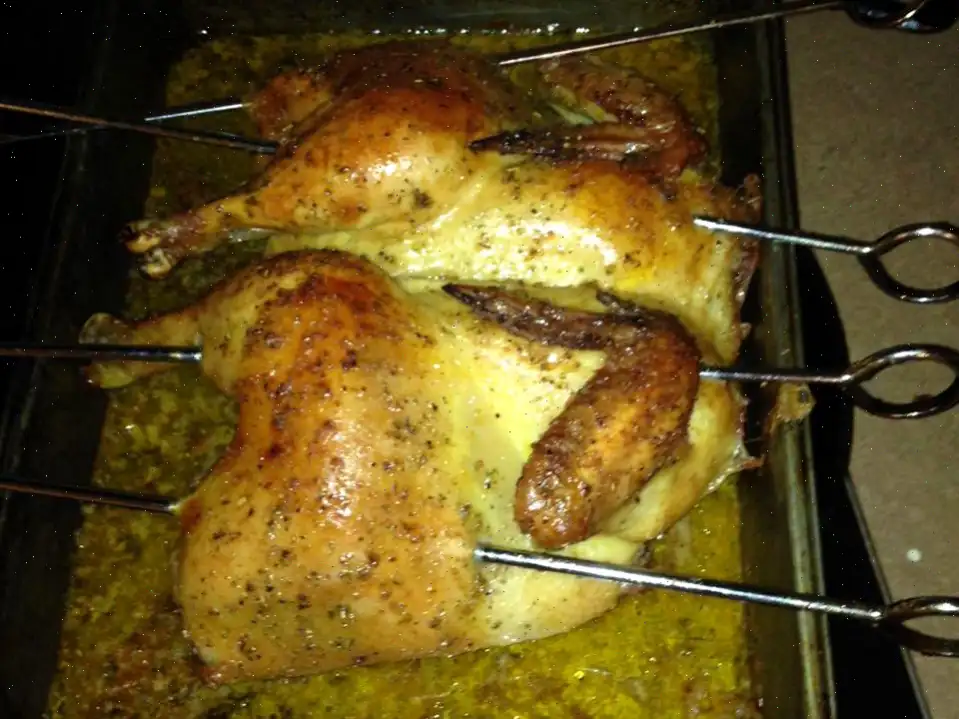
Kartoffelklöße (German Potato Dumplings) Recipe
Ingredients
- 1 pounds russet potatoes
- 1 stick unsalted butter
- 2 cups fresh bread cubes
- 1 pinch freshly grated nutmeg, or to taste
- 1 pinch cayenne pepper, or to taste
- Salt and freshly ground black pepper to taste
- 2 large eggs
- 1 cup all-purpose flour
- 1 tablespoon snipped fresh chives, or to taste
Directions
- Place potatoes in a large pot and cover with salted water. Bring to a boil, then reduce the heat to medium-low and simmer until just tender, about 15 to 20 minutes. Drain the potatoes and let them cool until you can handle them.
- While the potatoes are cooling, melt the butter in a skillet over medium heat. Add the bread cubes and cook, stirring frequently, until golden brown and crunchy, about 4 to 5 minutes. Remove from the heat and use a slotted spoon to transfer the croutons to a bowl, reserving the browned butter in the pan.
- Peel the cooled potatoes and place them in a large bowl. Mash them and season with nutmeg, cayenne, salt, and pepper. Add the eggs and mash again until well combined. Stir in the flour until just incorporated, being careful not to overmix.
- Bring a pot of salted water to a simmer. Dampen your hands with water and scoop a spoonful of the dough onto your palm. Shape it into a circle, make a slight indentation in the center, and place 2 or 3 croutons inside. Fold the dough around the croutons to seal and roll it into a smooth ball. Repeat this process to form seven more dumplings.
- Carefully lower the dumplings into the simmering water, one at a time, using a large spoon. Cook until the dumplings float to the top, about 1 to 2 minutes. Cover the pot and simmer over medium-low heat for 10 minutes.
- Flip the dumplings and continue cooking until they are puffed up and cooked through, about 10 more minutes.
- Transfer the dumplings to a serving plate and drizzle them with the reserved browned butter. Crumble the remaining croutons over the top and garnish with fresh chives. Let the dumplings firm up slightly before serving, about 10 minutes.
Nutrition Facts (per serving)
- Calories: 272
- Total Fat: 13g (17% Daily Value)
- Saturated Fat: 8g (39% Daily Value)
- Cholesterol: 77mg (26% Daily Value)
- Sodium: 104mg (5% Daily Value)
- Total Carbohydrates: 33g (12% Daily Value)
- Dietary Fiber: 3g (10% Daily Value)
- Total Sugars: 1g
- Protein: 6g (12% Daily Value)
- Vitamin C: 18mg (20% Daily Value)
- Calcium: 37mg (3% Daily Value)
- Iron: 2mg (11% Daily Value)
- Potassium: 436mg (9% Daily Value)
* Percent Daily Values are based on a 2,000 calorie diet. Your daily values may be higher or lower depending on your calorie needs.
History and Origin: Kartoffelkle, or German potato dumplings, are a traditional dish with deep roots in Germany, where they are cherished as a hearty side dish, particularly in the central and southern regions. The dumplings have been a staple of German cuisine for centuries, evolving with regional variations. In fact, they were originally created as a way to use up leftover potatoes, turning simple ingredients into a comforting and filling meal. The recipe has been passed down through generations and is often served with rich gravies, meats, and sauerkraut.
Regional Variations: While the basic concept of Kartoffelkle remains the same across Germany, regional differences make each version unique. In Bavaria, the dumplings are typically filled with croutons or breadcrumbs, while in other areas, such as Saxony, they are often served with a smooth consistency, free of any fillings. Some regions even incorporate meat or mushrooms into the center of the dumplings. These variations are reflective of the local agricultural practices and culinary influences of the area, making the dish a symbol of regional pride.
Differences from Similar Dishes: Kartoffelkle may seem similar to other potato-based dumplings found in various European cuisines, but what sets them apart is their texture and flavor profile. For example, Austrian Kndel or Czech knedlky are also potato dumplings, but they tend to be denser and lack the crouton filling that characterizes the German version. Unlike other dumplings, Kartoffelkle are typically light and airy, thanks to the careful preparation of the potato dough. The incorporation of browned butter and croutons gives the dish a richness that is hard to match.
Where Kartoffelkle Are Served: Kartoffelkle are most often served in Germany with hearty main dishes such as roast pork (Schweinebraten), Sauerbraten, or beef stew. In fact, the pairing of these dumplings with roast meats and flavorful gravies is a hallmark of traditional German comfort food. They are also a popular accompaniment to festive meals, such as Christmas dinner and New Year's celebrations, where they are served with rich sauces and meats. Whether served at a family dinner or during a holiday feast, Kartoffelkle is always a crowd-pleaser.
Interesting Facts:
- The word "Kle" means "dumpling" in German, and its plural form "Klsse" refers to multiple dumplings.
- Potato dumplings were first mentioned in German cookbooks dating back to the 18th century, though the exact origins are unclear.
- In some regions, the size and filling of the dumplings can vary, but they are typically large and soft, resembling a ball of mashed potatoes.
- Despite their simplicity, Kartoffelkle are considered a gourmet dish when prepared with the right techniques, such as ensuring the potatoes are properly dried and the dough is not overworked.
- Interestingly, Kartoffelkle were once a way to make use of leftover potatoes from previous meals, transforming them into a completely new dish that could be served with sauces and meats.
FAQ about Kartoffelklöße (German Potato Dumplings) Recipe
Comments
Virginia Gonzalez
09/06/2022 12:25:51 PM
I have been searching for a great recipe for this dish for years. After living in Germany for several years, I have to say that this is now my all-time favorite meal. I enjoy it best with gravy and either pork or beef on the side, along with some red cabbage.
Jessica Harris
05/03/2023 08:24:32 PM
Almost like Grandma used to make, but with a few personal touches. Instead of just cooked potatoes, she added half raw riced potato to the mix. She also prepared a filling by chopping bacon into small pieces, browning croutons and diced onions in the bacon fat, creating a delicious mixture. After boiling in a water bath, she let them rest briefly before browning them in bacon fat on a skillet. It was a labor-intensive process, but the results were absolutely worth it. These potato dumplings were served alongside her famous sauerbraten and red cabbage - a meal that always left people coming back for seconds. A dish truly made with love. ❤️
Kathleen Garcia
03/06/2024 01:30:27 AM
My grandmother was not known for her cooking skills, but my French grandfather was a culinary genius. He would prepare dinner for breakfast, often foraging for mushrooms to go with his pork chops. My grandmother called these dumplings "kloes" (pronounced clase). Now, I enhance the recipe with parsley, nutmeg, garlic, and onion powder. Sometimes I even add a touch of bouillon granules or thyme for extra flavor. There's nothing quite like a delicious, chewy dumpling. Grandma used to make them the size of tennis balls, refrigerate them overnight, then slice them into chunks and sauté them in butter or bacon fat. Yum!
Katherine Brown
10/09/2023 07:11:00 AM
I have fond memories of my grandmother's potato dumplings from my childhood. However, one key ingredient was missing – onions! For the best flavor, be sure to sauté plenty of onions until they are brown and nearly crispy, then drizzle them over the dumplings. You can even mix the onions into the dumpling dough for extra taste. Don't forget to add a pinch of salt to the dumplings to enhance the flavors. Using yellow potatoes ensures that the dish is never bland.
Adam Cruz
02/09/2023 04:42:20 AM
Potatoes should be cooked until they are just tender enough to be shredded, which is more authentic than mashing them. Otherwise, the recipe is spot on.
Joseph Phillips
10/25/2022 08:47:32 PM
Baking is key to ensuring the potatoes remain perfectly dry. My grandmother used to fill them with a single large cube of pumpernickel bread or even cooked liver, adding a delightful textural and flavor surprise to an otherwise plain ball of dough.
Ruth Lewis
02/04/2024 02:44:57 AM
This dish was incredibly simple to make and tasted fantastic. I opted for panko breadcrumbs and plan to enhance them with some seasonings next time for an added burst of flavor in the center.
Christine Taylor
03/16/2025 02:19:34 AM
This dish was incredibly simple and tasty. I opted for panko breadcrumbs and plan to enhance them with some spices next time for an added burst of flavor.
Virginia Robinson
01/27/2024 03:11:18 AM
This is a fantastic alternative to the usual mashed or cubed potatoes for me.
Elizabeth Sanchez
05/11/2024 04:58:22 AM
Followed the recipe to the letter and oh my! These were absolutely terrible! I've tried authentic ones in Germany and they were delicious.
David Jones
05/15/2024 10:59:46 AM
You can't enjoy Sauerbraten without the kartoffelklösses, can you? Just like the ones Grandma used to make. I took a shortcut and used Texas Toast croutons. I still remember how upset Grandma would get if her dumplings fell apart.








